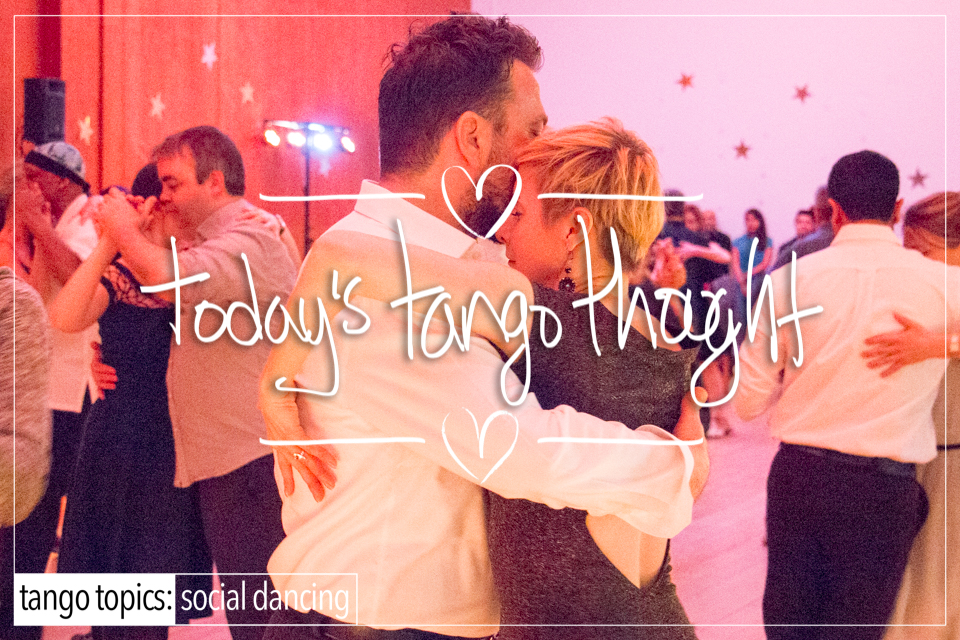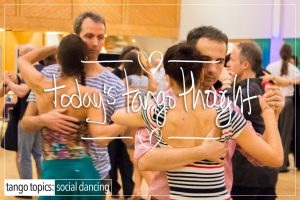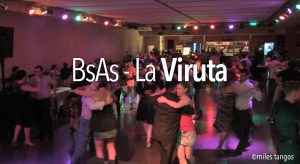In case you have been living under a rock, this Today’s Tango Thought is going to shock you somewhat. There is a debate that has been raging for quite some time now. The debate ? Should the Follower step forward with their heel first, or their toe first ? Better known as the Heel or Toe debate only for Followers, not for Leads as is the usual debated topic.
To be clear: This isn’t your quiet little debate either. This is one of those blood feuds that quite literally have caused ‘friends’ to stop talking for a while. Much like the 2016 American election, “how could you vote for ….”. Same thing, just without the disastrous results, depending on your point of view.
Point of credence: Before we go any further, this Thought will probably not change anyone’s mind. It may make you think, it may in fact cause further debate on the topic. Eeek! 🙂 While the author does have a very clear, and definitive, vantage point of how a Follower should step forward, it’s not up to the author to foist that belief on you. But rather to inform you that there are ideas and options that are present here. This topic may actually cause more confusion than it’s worth. The reality is that talking about it is one thing, you have to see this stuff and talk about it at the same time. While this site does have extensive video on this topic in the Follower Technique section and videos that are for sale as well as part of the subscription, and does go into both ideas below, let’s at least start first with the discussion, and move on from there. 🙂
That said….The Debate!
The Heel Side: This side of the debate says that you can and should when stepping forward, step forward as if you were walking on the street, normally. You would use the heel in a natural heel strike. That you would and should allow for the ankle to rotate downwards, the heel to strike and take the impact, the arch to attenuate, and then metatarsals to compress and constrict, and finally the toes to articulate in their natural way, all done with very little modification. There is the exception that some talk about stretching, and extending, the toes out, and some talk about constricting them, but both discuss ‘gripping’ the floor as the weight transfer occurs.
The Toe Side: This side of the debate says that because you’re already dancing in elevated position with the heel, that you must accommodate that elevation by stepping forward (seemingly) with your toes first. The seemingly part ? That you extend out along the 5th Phalanges (the side of your baby toe). The 5th Metatarsal (the bone just above the toe) does nothing here, it’s not supporting weight at all. It’s really the side of the Phalanges that’s taking the weight momentarily, and in reality, as the weight transfer happens, and the foot rotates to accommodate the weight transfer, so that all the Metatarsals take the weight distribution. Some argue that you can and should constrict the toes as this happens. Some argue that you can’t see it, so why bother ?
Which is better ? Quite honestly Neither. They both have their place, and both are entirely situational. This logic will confound most people. Shouldn’t it be one or the other ? No. The ‘Situational’ answer is the best of both worlds, and learning to recognize that there are certain conditions under which X is better than Y. Like for instance ? If you’re stepping forwards in the Follower’s Molinete, you would employ Toe to Heel (as described above). However, you could employ Heel to Toe if the conditions allowed it be so. In another situation, say dancing Milonga, you would employ linear forward steps, so therefore, stepping Heel to Toe and not Toe to Heel! You see ? It’s situational, not constant.
But “X” Says …. You’re going to hear a lot of ‘So-And-So’ says this or that on this topic. Or that So-And-So does this, and here’s the proof, with the requisite video. Before you jump to youtube with the links and what not. a.) What you’re watching is more than likely a performance, and performances tend to be showy (hence the reason they’re called that), so that you can see every detail from the 15th row or further back. b.) What you’re looking at is the epitome of someone’s technique on the topic. c.) This is also some one’s idea of what they’ve been taught, and then perfected to work with what they’re doing. Don’t get all wrapped up in seeing that what X said is true. It’s not That works for them, and the rest of what they’re doing. It’s not right, it’s not wrong, it’s what they’re doing. There is no right and wrong in this instance. There is only desirable, functional, clean, and clear.
Just the Facts, Ma’am: The Follower only steps forward 10 to 20% of the time. They spend most of their time going backwards, and side steps, not forwards. It almost doesn’t happen, except under certain conditions: 1.) Forward steps of the Molinete in Close or Open embrace. This is under ideal conditions a step ‘around’ their lead, not away. But generally the Follower ends up stepping away for a variety of reasons, which is not desirable but must be occur for a variety of reasons. 2.) The opening forward step of the Linear or Circular Ocho Cortado, which starts out as a Rock Step. 3.) The Forward Ocho. and 4.) Linear Milonga (which is most of Milonga). 5.) Linear Incremental/Check Steps. 6.) The last step of the Media Luna Turn. 😉 Just to name a few of the more common places where a forward step can happen. But this is again, 10 to 20% of the time. It’s not a constant.
The reality is that you do have to do your homework and discover what works best for you, and study both ideas, as they’re worthy of study, and the study of which can and does open doors for you in ways you can only imagine now.











